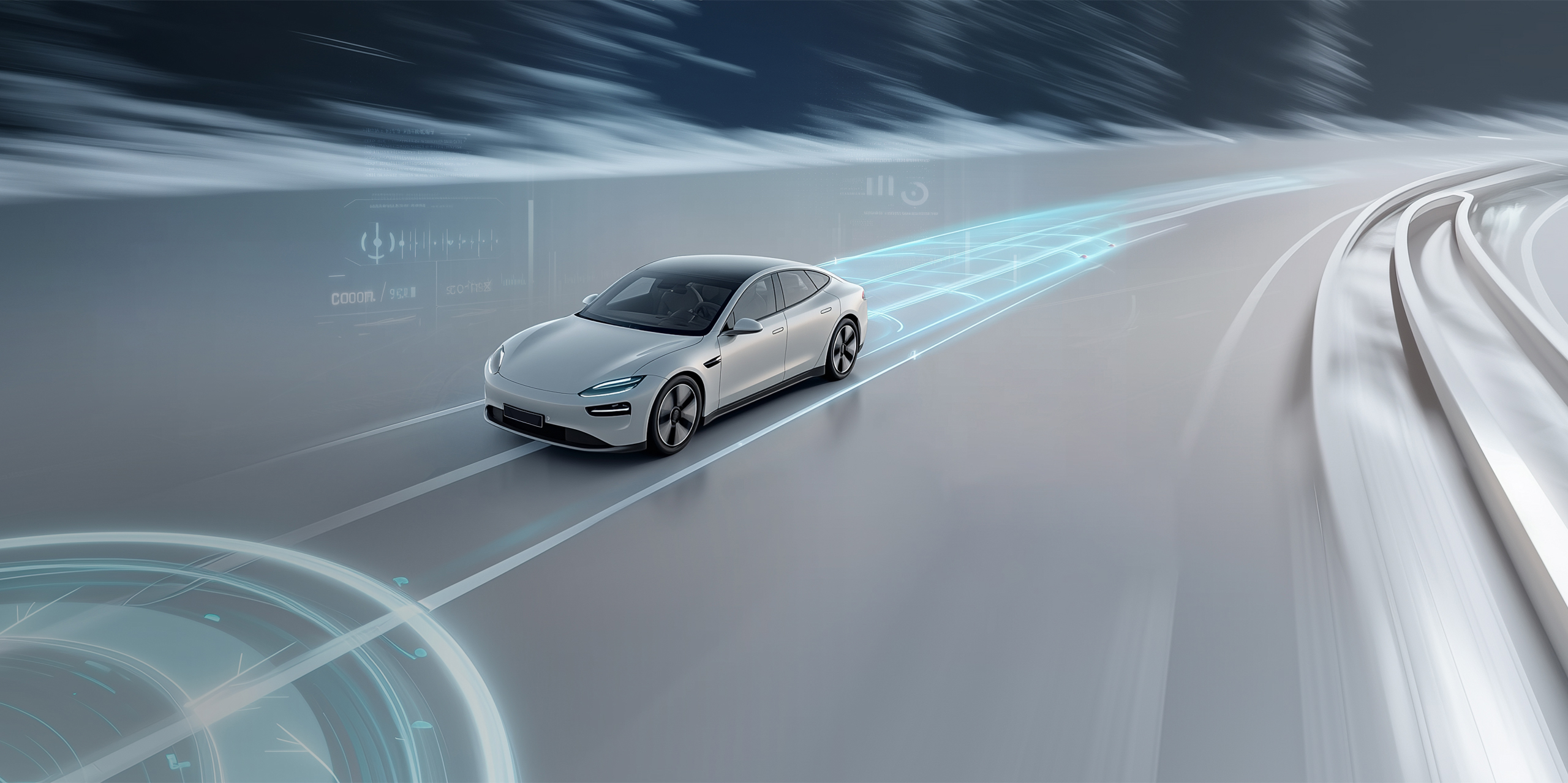Safety is the bedrock of driving, yet traditional sensors struggle in nighttime, glare, fog or dust. Raytron’s infrared thermal imaging is unaffected by ambient light, penetrating darkness and haze, extending detection range, and delivering high-sensitivity human recognition to enhance ADAS safety and comfort.
Raytron’s automotive infrared thermal imaging safety system is widely used in both OEM and aftermarket applications for passenger and commercial vehicles, as well as in ADAS environmental perception solutions. To date, Raytron has been selected by a broad range of automotive manufacturers and operators including BYD, Geely, Great Wall Motors, GAC Group, Farizon, Yangwang, Fangchengbao, DENZA, Zeekr, Geely Galaxy-LEVCTANK, TANK, Breton, Lovol Heavy Industry,, Zhizi Automobile, Didi Autonomous Driving, Plus AI, WAYTOUS, and Tage Idriver.








Raytron’s 4D millimeter‑wave imaging radar delivers precise measurements of range, azimuth, elevation, and velocity, offering high accuracy, dense point‑cloud resolution, and robust object classification. This significantly enhances the environmental perception accuracy and decision‑making reliability of intelligent driving systems.
Pedestrian Recognition plays a critical role in Advanced Driver Assistance Systems (ADAS). By leveraging infrared thermal imaging, which captures thermal radiation to image living beings with heightened sensitivity, the system instantly detects when a pedestrian enters its field of view. It then overlays a pedestrian detection bounding box and alert indicator, ensuring both the driver and the ADAS have complete situational awareness.
Under adverse weather conditions such as rain, fog, and haze, reduced visibility compromises driving judgment. Infrared thermal imaging technology improves image clarity and contrast through advanced dynamic range compression and contrast stretch algorithms, enabling both drivers and ADAS to better perceive road conditions in challenging environments.
Infrared thermal imaging technology generates high-definition imagery via infrared detectors even in total darkness and suppresses glare through adaptive luminance preservation algorithms, empowering both drivers and ADAS to accurately detect road conditions.
Infrared thermal imaging technology enables real-time monitoring of road conditions. Leveraging advanced image enhancement algorithms, it delivers clear visualization of vehicles and roadway features ahead, allowing both drivers and autonomous driving systems to anticipate potential collision risks and thus enhancing overall driving safety.
Infrared thermal imaging technology conducts real-time monitoring of road conditions ahead, employing dedicated algorithms to perform object detection and lane boundary identification. When lane departure or other anomalies occur, the system promptly issues auditory-visual alerts to drivers and ADAS, ensuring enhanced road safety.







